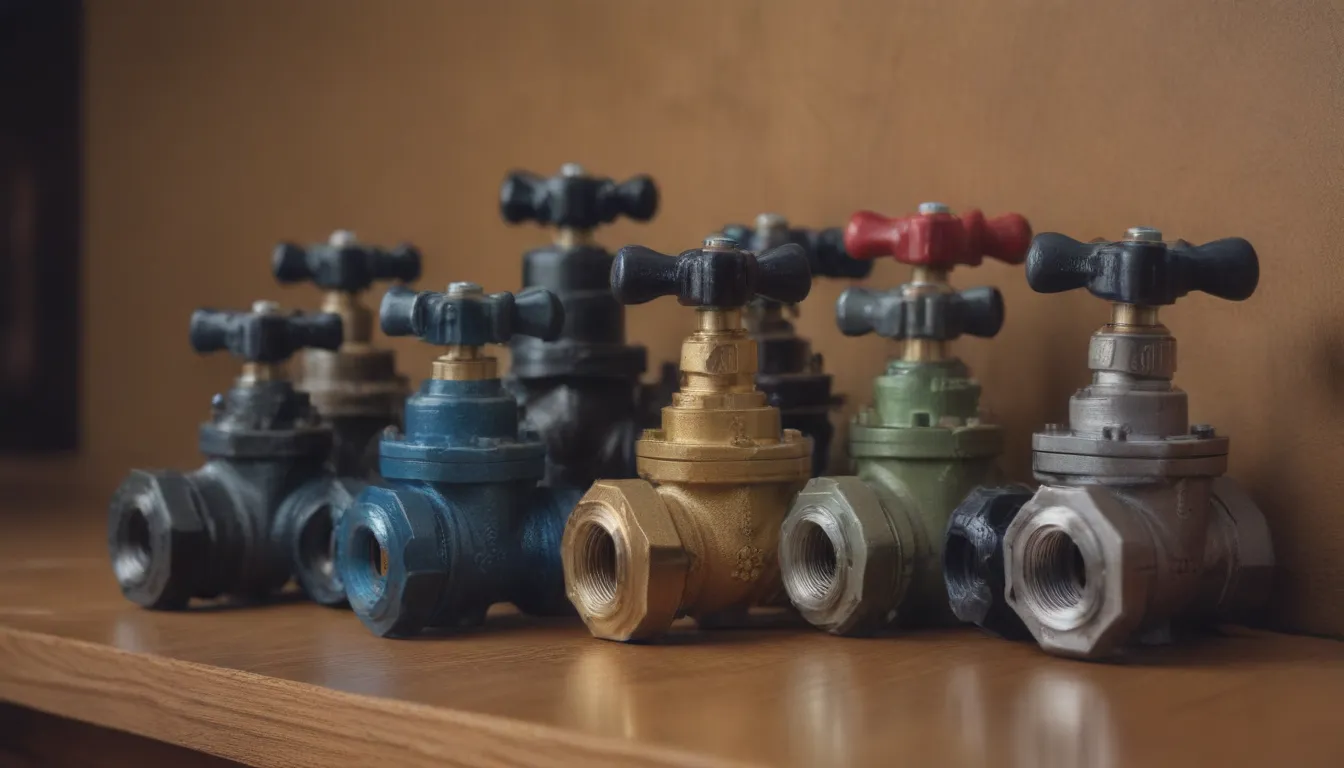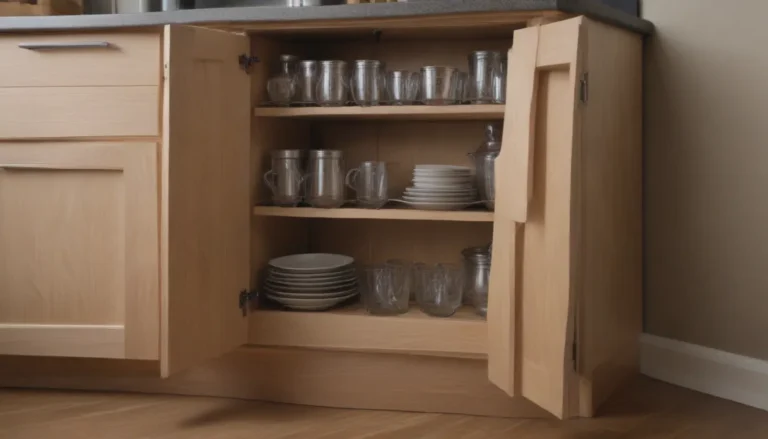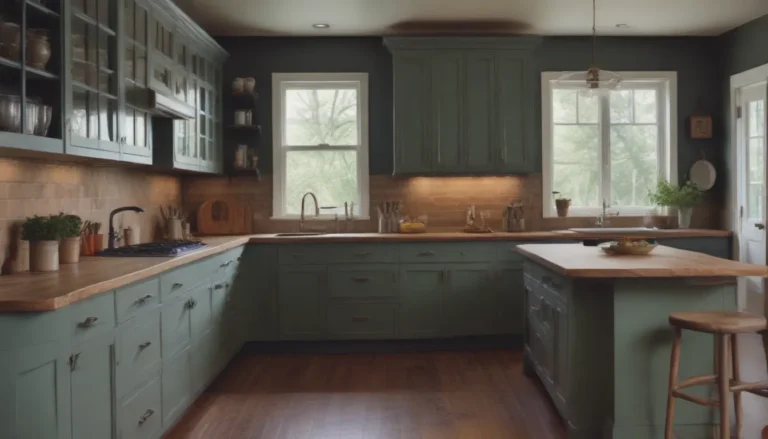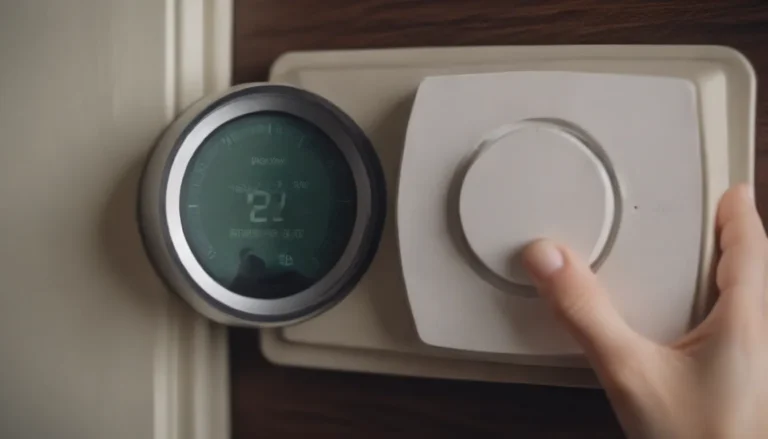Understanding Different Types of Water Shut-off Valves and How to Select the Right One for Your Home

Are you familiar with the various types of water shutoff valves in your plumbing system and how to choose the right one for your needs? Water shutoff valves are crucial components of any plumbing system, serving as essential tools in emergencies, repairs, and upgrades. Knowing how to locate and operate these valves can save you a lot of time and hassle when dealing with plumbing issues at home.
In this comprehensive guide, we will delve into the seven different types of water shutoff valves commonly used in residential plumbing. From ball valves to gate valves, globe valves, angled fixture shutoff valves, straight fixture shutoff valves, stop-and-waste valves, and needle valves, each type serves a specific purpose and offers unique advantages. We will discuss the features and benefits of each valve type, as well as provide practical tips on how to choose the best option for your space.
Understanding Water Shutoff Valves: A Detailed Overview
Before we dive into the specifics of each water shutoff valve type, let’s first understand the importance of these valves in your plumbing system. Water shutoff valves are designed to control the flow of water in your pipes, allowing you to turn off the water supply to specific areas of your home as needed. Whether you need to shut off the water for a repair, upgrade, or emergency situation, having the right type of valve can make the process much smoother and more efficient.
Key Points to Remember:
– Water shutoff valves are essential for controlling the flow of water in your plumbing system.
– Knowing how to locate and operate these valves can help you address plumbing issues effectively.
– Each type of water shutoff valve serves a unique purpose and offers specific benefits.
Types of Water Shutoff Valves and How to Choose the Right One
Now, let’s explore the different types of water shutoff valves available and how to select the best option for your home. Each type of valve has its own features, advantages, and applications, so it’s important to understand the differences between them to make an informed decision.
Ball Valve
Best for: A ball valve is a popular choice for residential plumbing, known for its quick and reliable operation. This type of valve opens and closes completely with a short 1/4 turn of the handle, allowing for easy and efficient water flow control. Ball valves are durable, inexpensive, and commonly used as the main shutoff valve for homes.
Gate Valve
Best for: Gate valves are less common in residential plumbing but are often found in industrial applications. These valves feature a circular handle that raises or lowers a metal gate to control the flow of water. Gate valves can completely stop water flow or reduce it, making them versatile options for specific plumbing needs.
Globe Valve
Best for: Globe valves are ideal for situations where variable water flow control is required. These durable valves have a baffle with a water flow port that can be adjusted using the handle. Globe valves are commonly used in outdoor water lines and branch plumbing systems to regulate water flow efficiently.
Angled Fixture Shutoff Valve
Best for: Angled fixture shutoff valves are essential for connecting water pipes that come out of walls and need to angle upward to supply fixtures like sinks and toilets. These valves are cost-effective, durable, and available in various styles for different pipe types. Angled fixture shutoff valves are widely used in residential plumbing installations.
Straight Fixture Shutoff Valve
Best for: Similar to angled fixture shutoff valves, straight fixture shutoff valves are designed for water pipes that run straight to fixtures without needing to angle. These valves are easy to operate, durable, and suitable for various plumbing applications where a straight water flow is required.
Stop-and-Waste Valve
Best for: Stop-and-waste valves are crucial for irrigation systems to prevent freezing during winter months. These valves feature two openings: one to control water flow and the other to allow drainage. Stop-and-waste valves are buried below the freeze line and can be operated with a special key, making them essential components for outdoor plumbing systems.
Needle Valve
Best for: While needle valves are not as commonly used in modern plumbing systems, they can still be found in some homes for specific applications. Needle valves are used to connect water supply tubes to appliances like refrigerators and water filters. These valves are not as reliable or durable as other types and may not meet current building code requirements.
Choosing the Right Water Shutoff Valve
When selecting a water shutoff valve for your home, there are several factors to consider to ensure you choose the right option for your needs. Here are some key factors to keep in mind:
- Flow Control: Determine whether you need a valve that allows for variable flow control or simply turns the water on or off.
- Location: Consider the location of the valve and whether you need a straight or angled fixture valve based on the pipe configuration.
- Durability: Choose a valve that is durable and suitable for the specific application to ensure long-term reliability.
- Cost: Evaluate the cost of the valve and compare it to your budget to find a suitable option that meets your needs.
By taking these factors into account and understanding the unique features of each water shutoff valve type, you can make an informed decision when selecting the right valve for your home.
Practical Tips for Using Water Shutoff Valves in Your Home
In addition to choosing the right type of water shutoff valve for your plumbing system, it’s important to know how to use these valves effectively. Here are some practical tips for operating water shutoff valves in your home:
- Locate Valves: Familiarize yourself with the location of all water shutoff valves in your home to quickly access them in case of an emergency.
- Regular Maintenance: Inspect and test water shutoff valves periodically to ensure they are functioning correctly and can be easily turned on or off when needed.
- Label Valves: Consider labeling each valve to indicate its purpose and location for easy identification during plumbing repairs or upgrades.
- Seek Professional Help: If you are unsure about how to operate or replace a water shutoff valve, contact a licensed plumber for assistance to ensure the job is done safely and effectively.
By following these tips and understanding the importance of water shutoff valves in your plumbing system, you can maintain a well-functioning and efficient home plumbing system for years to come.
Conclusion
In conclusion, water shutoff valves are essential components of any plumbing system, allowing you to control the flow of water in your home with ease. By understanding the different types of water shutoff valves available and how to choose the right one for your needs, you can effectively manage plumbing repairs, upgrades, and emergencies in your home. Whether you opt for a ball valve, gate valve, globe valve, angled fixture shutoff valve, straight fixture shutoff valve, stop-and-waste valve, or needle valve, each type offers specific benefits and applications to suit your plumbing requirements.
Remember to consider factors like flow control, location, durability, and cost when selecting a water shutoff valve for your home. By following practical tips for using water shutoff valves and seeking professional help when needed, you can maintain a well-functioning plumbing system that meets your needs and requirements.
We hope this detailed guide has provided valuable insights into the world of water shutoff valves and how to choose the right one for your home. By arming yourself with knowledge and understanding the importance of these valves, you can ensure a smooth plumbing experience and peace of mind knowing you have the right tools at your disposal.
Happy plumbing!





